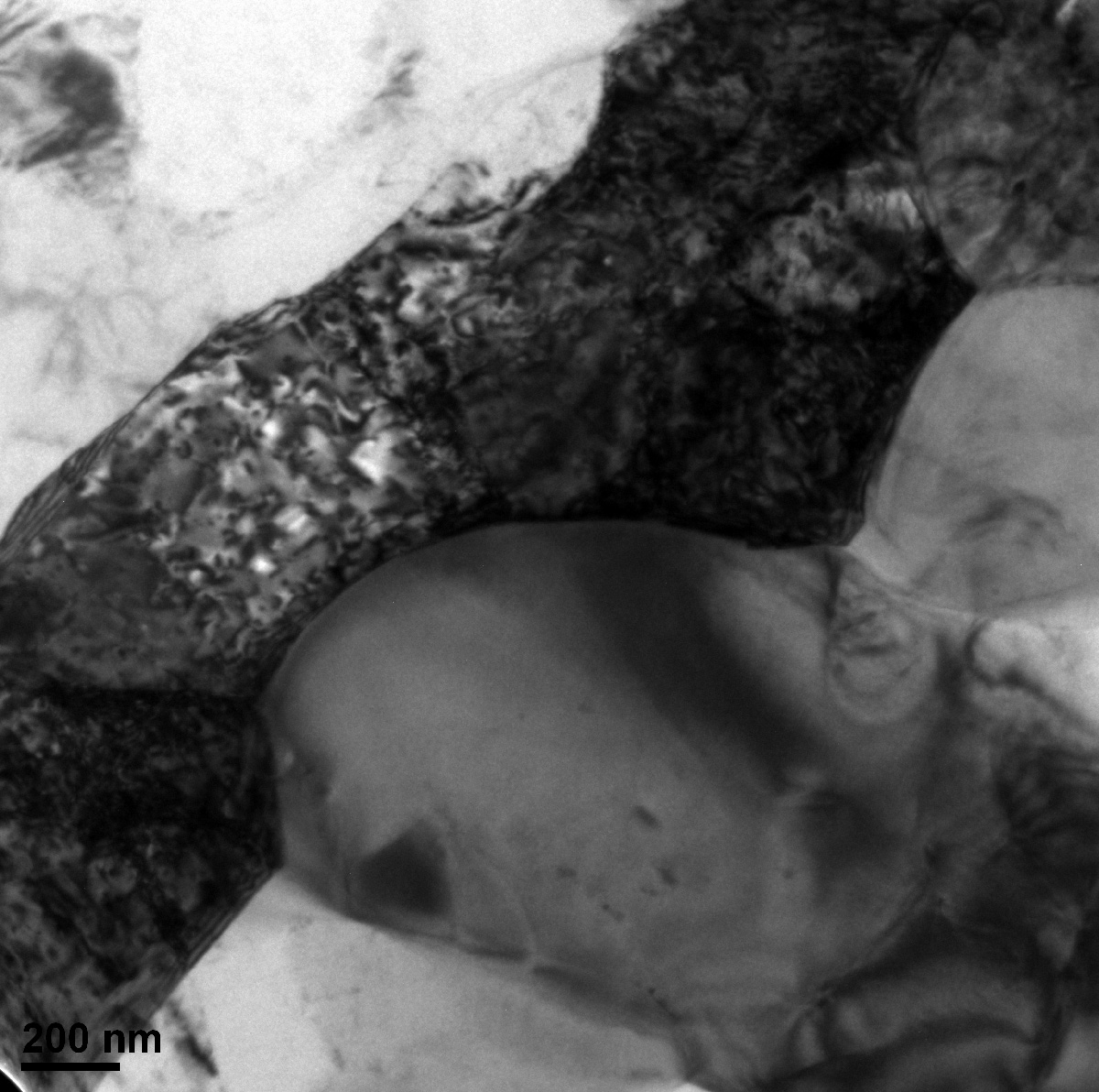The density of these dislocations has a critical impact on these properties. Mechanical deformation, such as the process of rolling a thin sheet of metal from a thick block, causes an increase in the number of dislocations with the increase in strain. This tends to make the metal harder but more brittle. Baking the rolled metal rebuilds its crystal structure with far fewer dislocations, improving its strength and maintaining its ductility.
Dr H. Yu, a research fellow at the University of Wollongong, and his colleagues, are interested in a laminate that sandwiches a layer of titanium between two layers of aluminum (Al/Ti/Al). This multilayer sheet material bonds together through rolling. Following the heat treatment, the laminate is transformed into a high-performance, three-layered laminate containing nanograined Ti, coarse-grained Al and particles of TiAl3. This is a new type of strong multilayer material for potential use in aerospace applications. The research team used the flagship focused ion beam in the AMMRF (now Microscopy Australia) at the University of NSW to prepare site-specific specimens to study the development of microstructure in the baked laminate. They found a surprisingly high number of dislocations in the pure aluminium zone at the interface with the TiAl3 particles. This was associated with a relatively stable interlocking microstructure. Dr Yu suggests this is responsible for the enhanced strength and ductility.

Caption: Abnormally high dislocation density (black wiggly lines) in Al of Al/Ti/Al laminate.
Yu et al. Philosophical Magazine Letters, 94 (11), pp732-740, 2014
This article was selected by Taylor & Francis as ‘Physics Best 2014’.
Examples of dislocations in a crystal lattice.
October 23, 2015